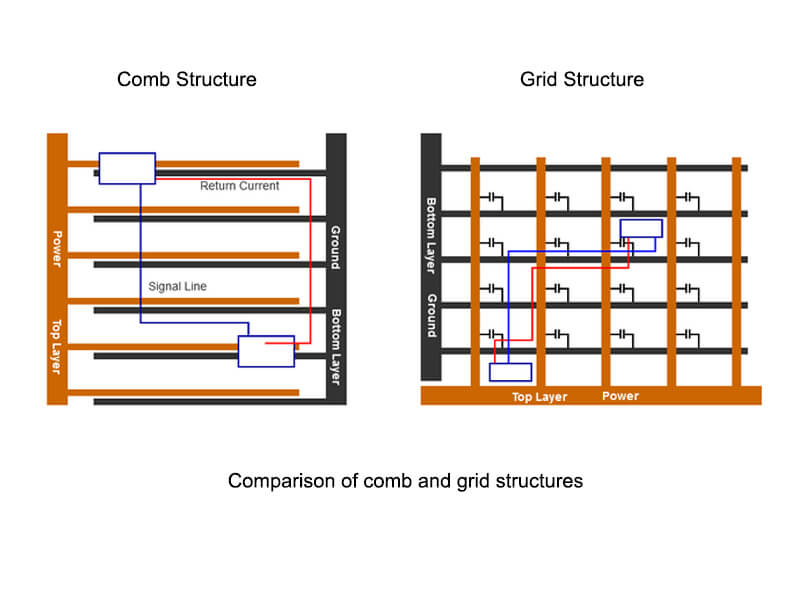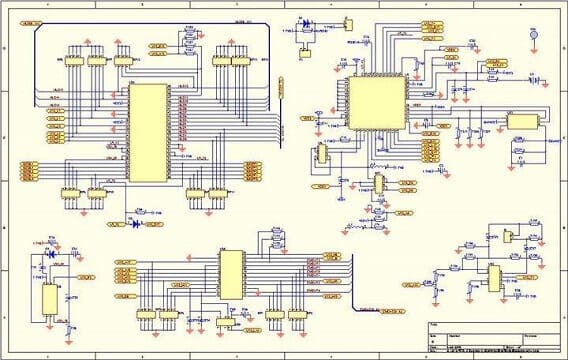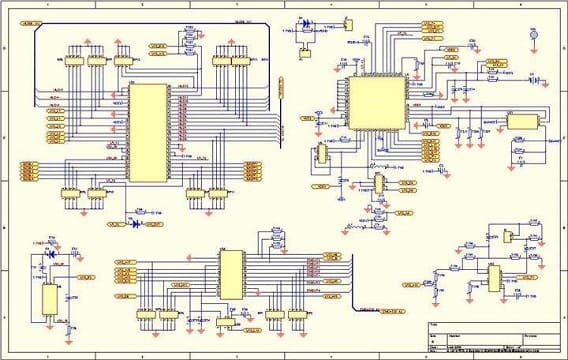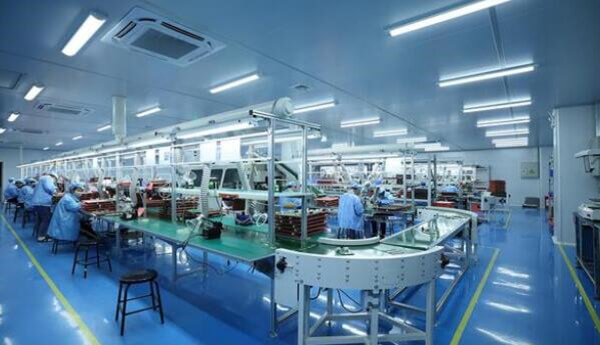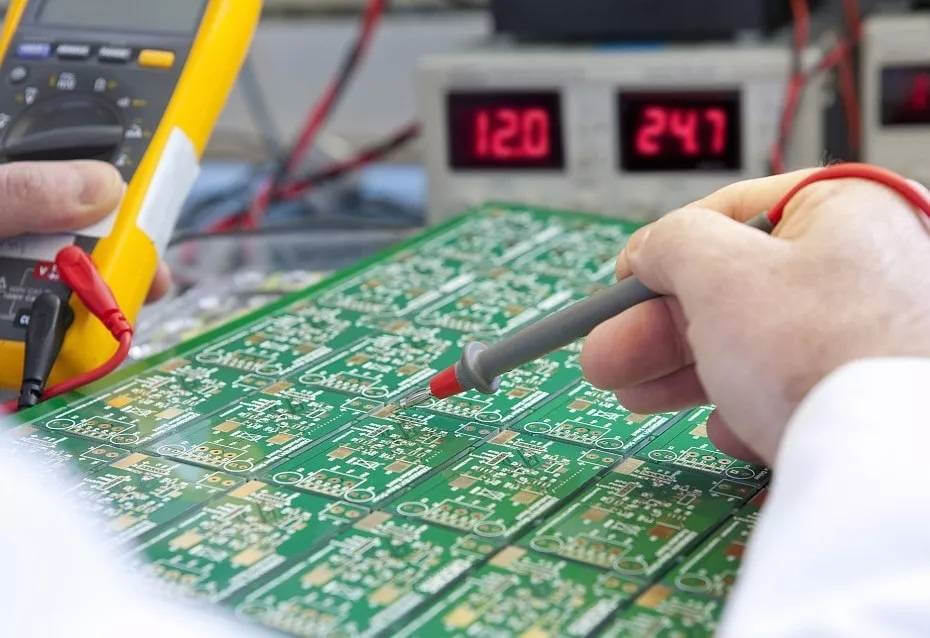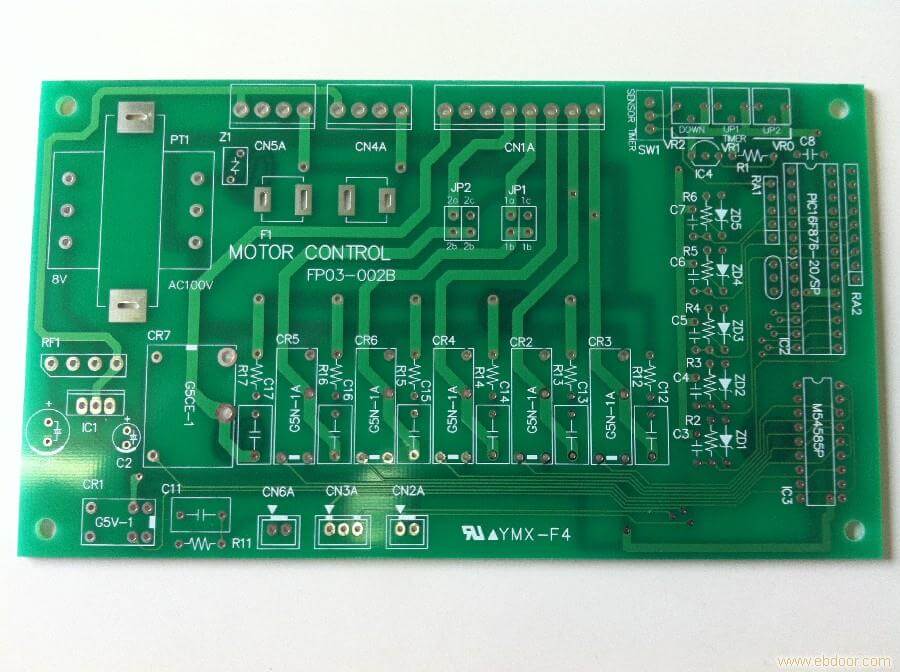FPC, the flexible printed board, also known as “soft board”.
As the name suggests, the biggest feature of FPC is that it is soft enough. Compared with our conventional PCB hard board, FPC is very thin, bendable, and flexible, and can withstand millions of dynamic bending without damaging the wires. Arbitrary according to the space layout requirements Move and stretch, realize three-dimensional assembly, and achieve the effect of integration of component assembly and wire connection.
With the development of high-end miniaturized electronic products such as mobile phones, notebook computers, consumer drones, and smartwatches, the market demand for FPC is increasing. At the same time, the requirements are also getting higher and higher. PCB manufacturers are accelerating the development of thinner, lighter, and higher-density FPCs.
Like PCB rigid boards, FPC is divided into single-layer, double-sided, and multi-layer according to the number of superimposed circuit layers. What is the difference between these three FPCs?
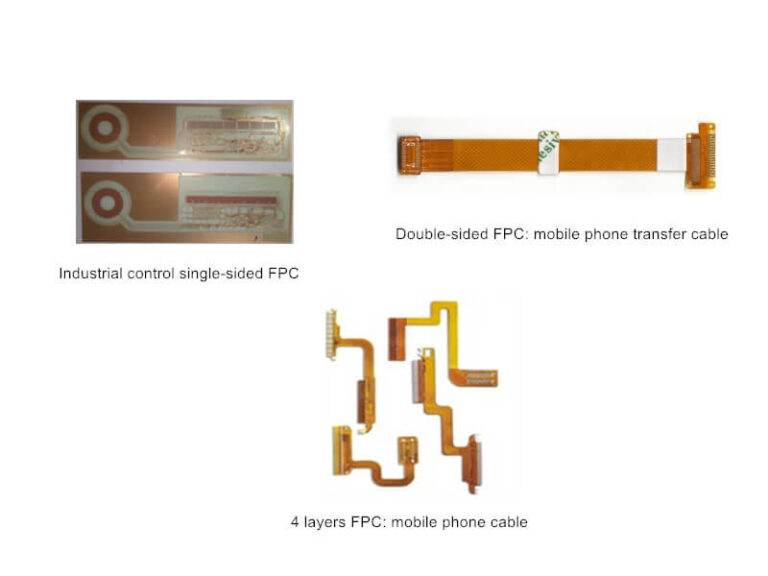
1. Single-layer FPC
Single-sided FPC is the simplest soft board, with only one layer of chemically etched conductive pattern. It is usually processed using two raw materials: “substrate + transparent glue + copper foil” and “protective film + transparent glue”.
First, on the raw material of “substrate + transparent glue + copper foil”, chemical etching and other processes are performed on the copper foil to obtain the desired conductive pattern circuit; then, on the raw material of “protective film + transparent glue” On the surface, the protective film is drilled to expose the corresponding pads; after cleaning, the two raw materials are combined by rolling; finally, the exposed pads are electroplated with gold or tin to protect the board. In this way, a whole piece of single-layer FPC is ready. According to the needs, the whole piece of soft board will generally be stamped and divided into small soft boards of corresponding shapes.
The base material used by FPC is generally polyimide (PI), but not limited to, it can also be polyethylene terephthalate, aramid fiber ester, and polyvinyl chloride.
In terms of application, single-layer FPC is mostly used in industrial control and electronic instruments with relatively simple lines.
2. Double-sided FPC
Double-sided FPC is to have a layer of conductive patterns etched on both sides of the insulating base film to increase the wiring density per unit area. Generally, when the circuit wiring is more complicated, and the single-layer FPC cannot meet the wiring requirements, the double-sided FPC will be selected.
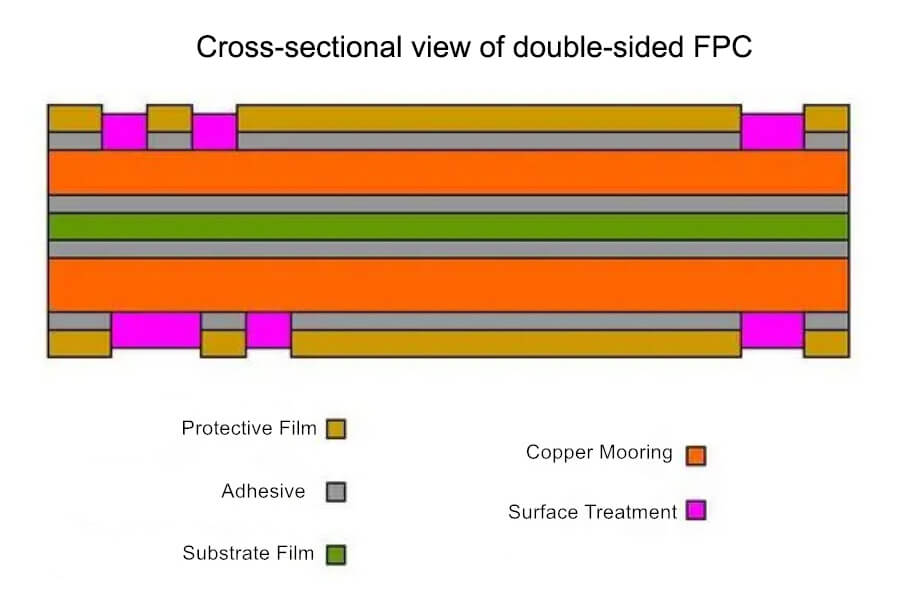
Compared with single-layer FPC, the biggest difference between double-sided FPC is the addition of a via structure to connect two layers of copper foil (that is, two layers of conductive patterns) to form a conductive path. Drill holes on the base material and copper foil first, then plate a certain thickness of copper after cleaning, and the via holes are completed. The subsequent manufacturing process is almost identical to the single-layer board. Similarly, double-sided FPC will be covered with a protective film on both sides to protect the wires and indicate where the components are placed.
In terms of application, double-sided FPC is widely used in mobile phones, automotive instruments, and other products.
3. Multi-layer FPC
Multi-layer FPC is to press multi-layer single/double-sided FPC together, form metallized holes through drilling and electroplating, and form conductive paths between different layers. In this way, no complicated welding process is required.
Compared with single/double-sided FPC, multi-layer FPC has higher reliability, better thermal conductivity, and more convenient assembly, but it loses the excellent flexibility of single/double-sided FPC. However, there is also a compromise option, that is – flexible multi-layer FPC.
Flexible multi-layer FPC is manufactured on a flexible insulating substrate, and its finished product is specified to be flexible. This structure usually bonds the two sides of many single-sided or double-sided microstrip flexible PCBs together, but its central part is not bonded together, so it is highly flexible. In order to have a high degree of flexibility, a thin, suitable coating such as polyimide can be used on the conductor layer instead of a thicker laminate cover.
In terms of application, in high-end consumer electronics, multi-layer FPCs are often seen. A typical example is the smartphone that we “hold” every day.

